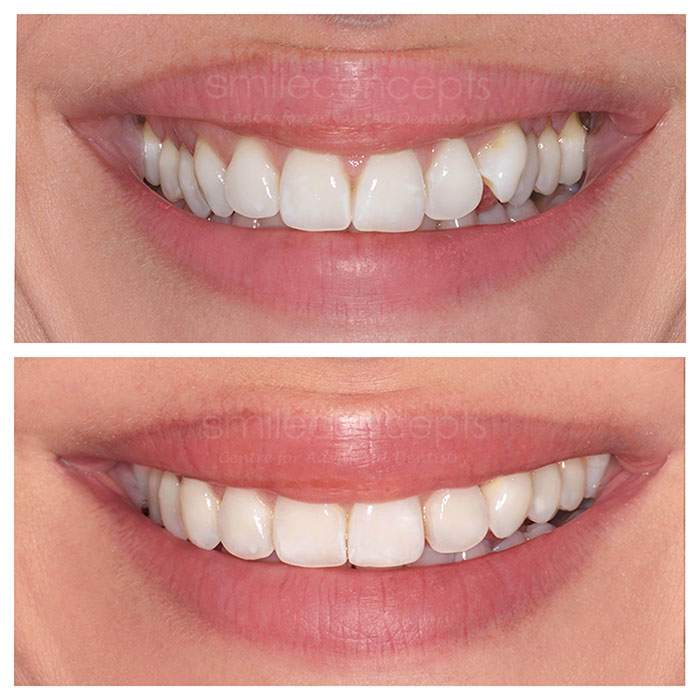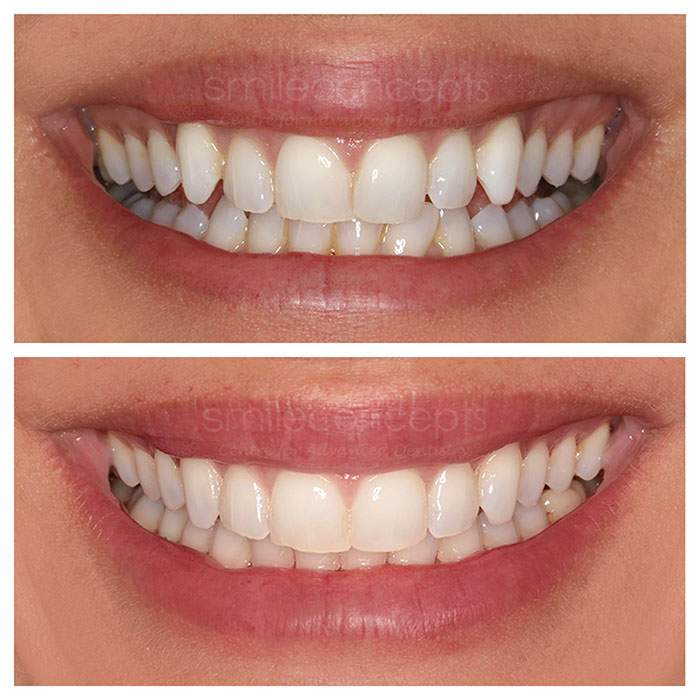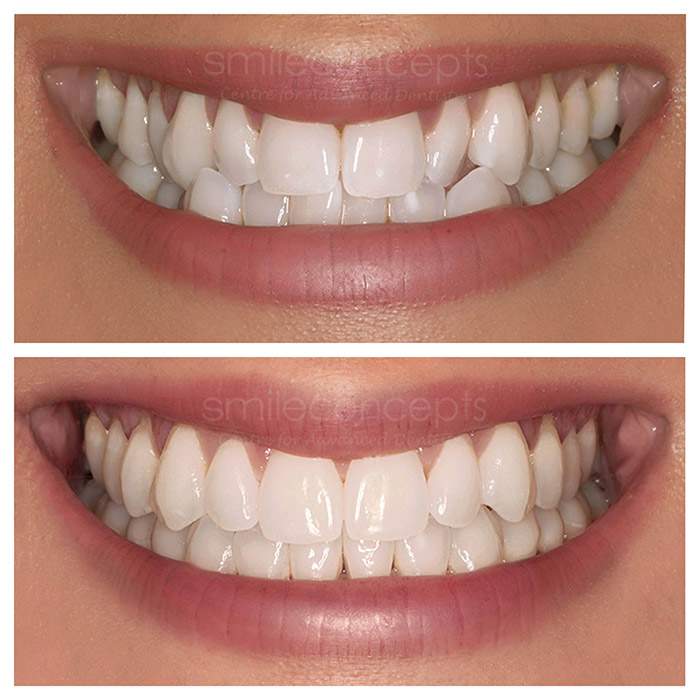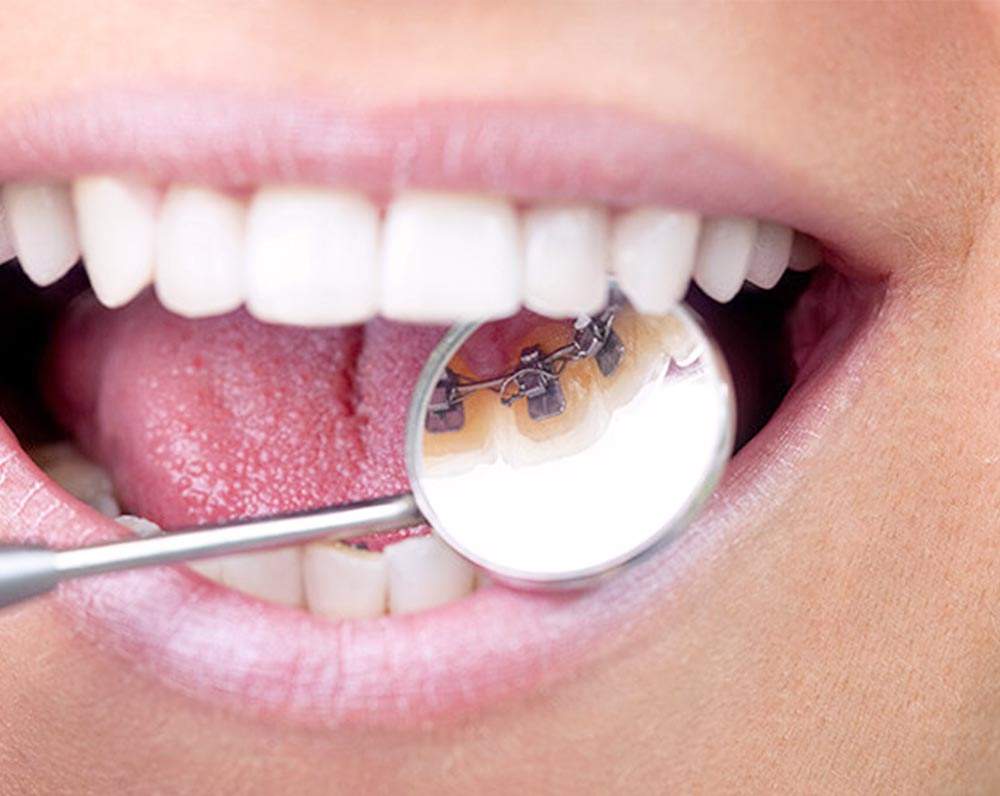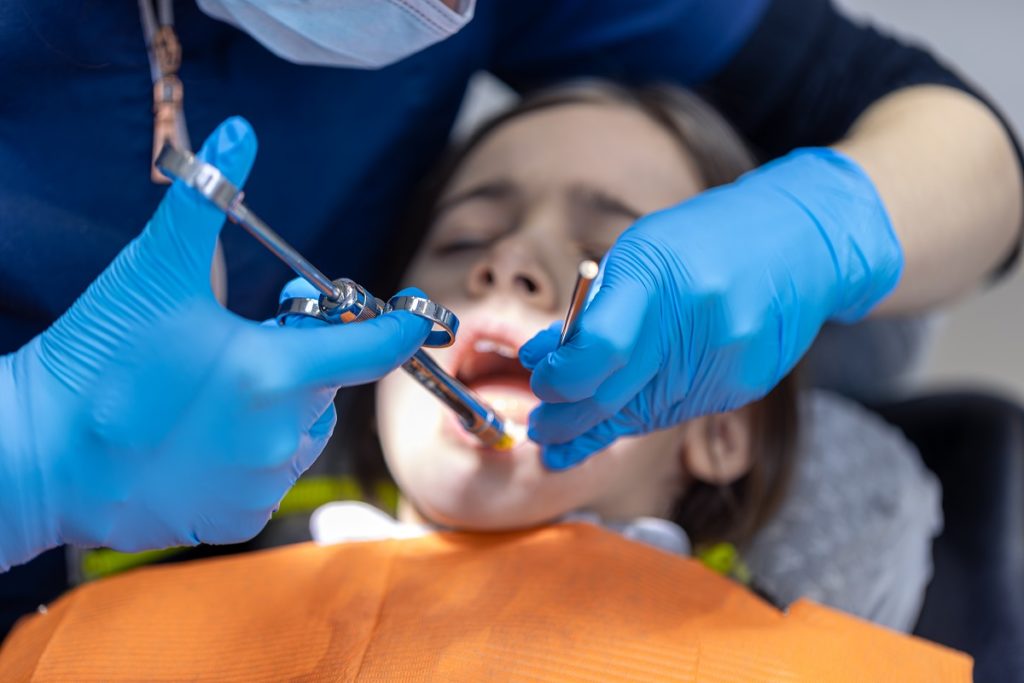
IPR in Invisalign: Understanding Tooth Shaving and Interproximal Reduction
Crowded teeth can really mess with your confidence, right? And when you are about to make your final decision to get Invisalign, you may hear that they might lead to “tooth shaving”, and you may reconsider everything. The entire concept of taking away enamel sounds highly frightening and, in case you are like the majority of the population, you most likely want to know whether it is safe.
Table of Contents
IPR in Invisalign: Gentle, Effective, and Worth It
What you should know is that IPR is not as terrifying as it may sound. It is more like tuning up your smile instead of boring your teeth out. Most patients who go through it say the experience is way less intense than they imagined, with one patient even describing it as “almost relaxing”. The procedure removes just tiny amounts of enamel, usually between 0.1 to 0.5 millimeters, to help your teeth shift into place more smoothly.
What makes this procedure worth it? Well, it means you can skip tooth extractions entirely. Instead of pulling healthy teeth and waiting months for gaps to close, Invisalign with IPR creates just enough room for everything to align naturally. According to data from Cleveland Clinic, about 71% of people getting Invisalign end up needing this procedure, making it pretty standard in orthodontic care today.
What Happens During IPR
To carefully polish away the enamel in the part of your teeth which comes in contact, your orthodontist uses a special tool that resembles thin strips of sandpaper or small running discs. The entire affair is quite fast and much less dramatic than one might think.
The following is the process:
- Digital scanning identifies exactly where enamel needs to be removed
- Orthodontist uses diamond-coated strips or rotating discs on the contact points
- Precision gauges measure that only 0.1 to 0.5mm gets removed per surface
- Tooth surfaces get polished smooth to prevent any rough edges
- The enamel that is newly exposed is hardened with fluoride treatment
Enamel does not contain any nerves and hence, most individuals do not experience any pain during the process. Others refer to it as the slight pressure such as when a person is pressing a firm toothbrush against the teeth. The entire session usually takes 10 to 30 minutes.
The Reasons Why Your Orthodontist Recommends it
IPR is quite efficient with individuals of mild to moderate crowding. Rather than removing the perfectly healthy teeth, this method leaves only what is necessary to allow your Invisalign aligners to work.
The main benefits include:
- Keeps all your natural teeth intact without extractions
- Speeds up tooth movement because there’s actually room to shift
- Prevents those awkward black triangles between teeth after treatment
- Helps fix tooth size mismatches between upper and lower teeth
- Reduces overall treatment time compared to extraction cases
Our experience shows that patients who go the non-extraction route with IPR typically see shorter treatment durations than those who have teeth pulled. For mild cases, you’re looking at about 6 to 9 months, while moderate cases usually wrap up in 12 to 18 months.
IPR vs Tooth Extraction
When you need space for orthodontic work, you’ve got two main options on the table. Let’s break down how they actually compare:
| Factor | IPR | Tooth Extraction |
|---|---|---|
| Invasiveness | Removes tiny amounts of enamel | Pulls entire teeth |
| Recovery Time | None needed, back to normal immediately | Several days to weeks for healing |
| Treatment Duration | 6-18 months typically | Often longer due to gap closure |
| Cost Impact | Minimal, usually included in treatment | May add complexity and time |
| Best For | Mild to moderate crowding | Severe overcrowding cases |
The choice really depends on how crowded your teeth are. For most Invisalign patients with mild issues, IPR handles the job without the hassle of extractions.
Frequent Questions:
No, enamel has no nerves so there’s no pain.
Usually 0.1 to 0.5 millimeters per tooth.
No, studies show no increased decay risk.
Typically 10 to 30 minutes per session.
Yes, mostly patients who go for Invisalign need it.
Tiny spaces appear but close during treatment.
No, safe removal amounts don’t compromise strength.
Most patients need one to three sessions.
Your Path to a Confident Smile
IPR makes Invisalign work better without being invasive or painful. In case an orthodontist makes mention of it, then the orthodontist probably wants to give you the best possible result and not to cause you to lose all of your natural teeth.
It is a fast process, safe, and it has assisted millions of people in obtaining straight smiles without necessarily undergoing tooth extractions. Ready to get started? Discuss with your orthodontist whether IPR should be included in your treatment.

Dr. Manish Shah
BDS, MBBS, MMED (Sleep Medicine)
- Masters in Sleep Medicine
- General Medical Practitioner
- General, Implant and Cosmetic Dentist
- Certified in TMJ & Craniofacial Pain Management
Our friendly staff are ready to assist you.
Keep Calm, Smile On.
